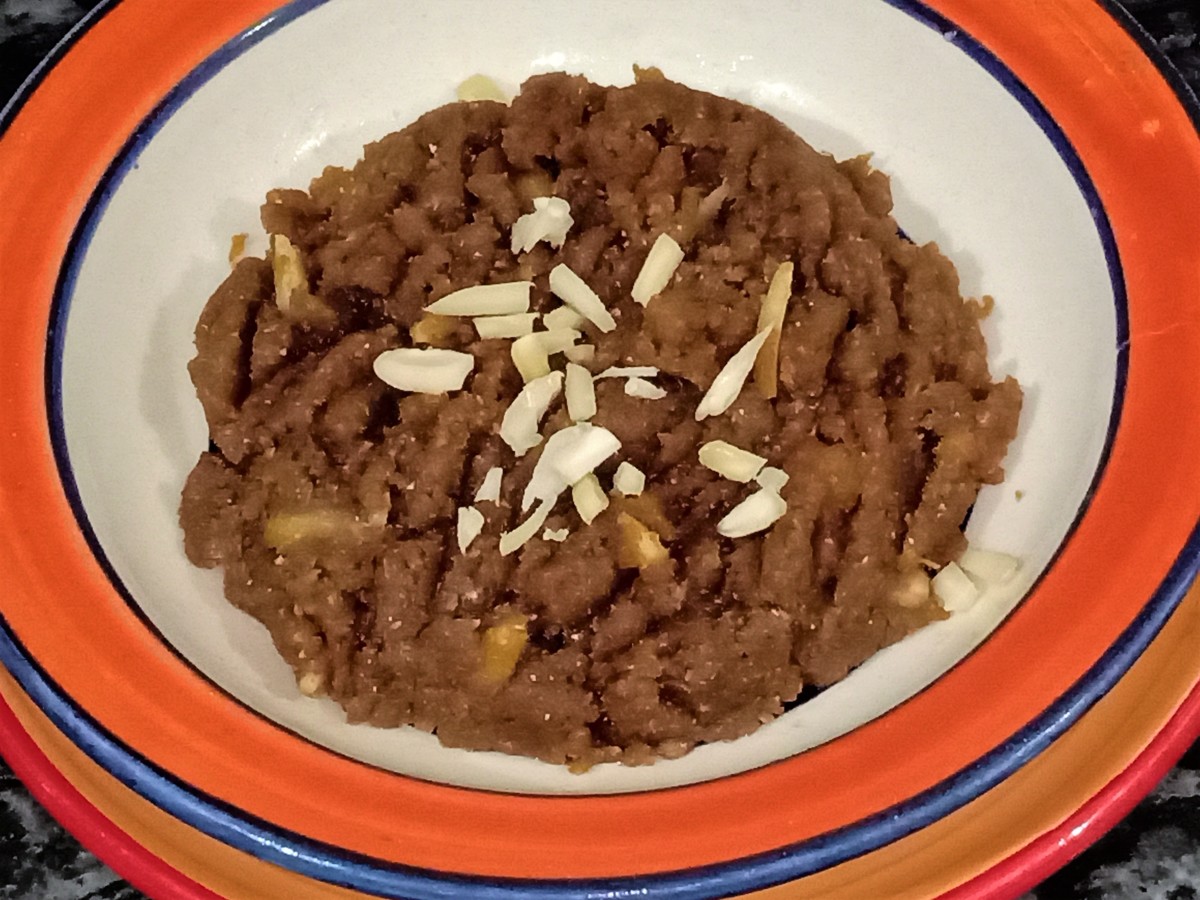The Golden Grain: A Celebration of Sorghum in festival Foods
Sorghum, a resilient and versatile grain, has nourished communities for millennia. Its adaptability to arid climates and its rich nutritional profile have cemented its place as a staple food in many cultures. During festivals, sorghum takes center stage, transformed into an array of delectable treats that reflect the traditions and ingenuity of those who cultivate it. This article delves into the fascinating world of sorghum festival foods, exploring their history, preparation, and cultural significance.
Sorghum’s origins trace back to Africa, where it was domesticated thousands of years ago. From there, it spread to Asia and the Americas, becoming a crucial crop in diverse regions. Its ability to thrive in challenging environments made it a reliable source of sustenance, particularly during times of scarcity.

Festivals, often coinciding with harvests, became occasions to celebrate the bounty of sorghum. These gatherings provided opportunities to showcase culinary skills, pass down traditional recipes, and reinforce community bonds. Sorghum, in its various forms, became an integral part of these celebrations, symbolizing prosperity and gratitude.
Before embarking on specific festival recipes, it’s essential to understand the diverse varieties of sorghum and their unique characteristics.
Grain Sorghum: A Culinary Cornerstone
Grain sorghum, the most common type, is used to make flour, porridge, and a multitude of baked goods. Its neutral flavor and gluten-free nature make it a versatile ingredient.
Sweet Sorghum: A Natural Sweetener

Sweet sorghum, also known as sorghum cane, is prized for its sugary stalks. The juice extracted from these stalks is boiled down to create sorghum syrup, a natural sweetener used in countless festival treats.
Forage Sorghum: Beyond the Plate
While not directly used in human consumption, forage sorghum plays a vital role in supporting livestock, which in turn contributes to the overall food system.
Let’s embark on a culinary journey, exploring some of the most cherished sorghum festival foods.
Sorghum Flatbreads: A Staple of Celebration

Kisra (Sudan): This thin, fermented flatbread is a staple of Sudanese cuisine and a must-have during festivals. Kisra is made from fermented sorghum flour, giving it a slightly tangy flavor. It’s often served with stews and dips.
Sorghum Porridges and Gruels: Comforting and Nourishing
Toleche (Ethiopia): This thick porridge, made from sorghum flour and water, is a traditional Ethiopian dish often served during festivals and celebrations. It can be sweetened or spiced according to regional preferences.
Sorghum Baked Goods: Sweet and Savory Treats
Sorghum Molasses Cookies: These chewy cookies, made with sorghum molasses, are a classic festival treat in the Southern United States. The molasses imparts a rich, caramel-like flavor.
Sorghum Beverages: Refreshing and Festive
Sorghum Beer: In many African cultures, sorghum beer is a traditional beverage brewed for festivals and celebrations. It’s made from fermented sorghum grains and has a slightly sour and refreshing taste.
Sorghum festival foods are more than just culinary delights; they are imbued with cultural significance.
Symbolism of Abundance and Prosperity
Sorghum, as a staple crop, represents abundance and prosperity. During festivals, the consumption of sorghum foods symbolizes gratitude for a bountiful harvest and wishes for future prosperity.
Preservation of Tradition and Heritage
The preparation of sorghum festival foods is a time-honored tradition, passed down through generations. These recipes represent a connection to the past and a way to preserve cultural heritage.
Community Bonding and Social Cohesion
Festivals provide opportunities for communities to come together, share food, and celebrate their shared heritage. The preparation and consumption of sorghum foods strengthen community bonds and reinforce social cohesion.
Environmental Sustainability
Sorghum’s resilience to arid climates makes it a sustainable crop, particularly in regions prone to drought. By celebrating sorghum, communities acknowledge its importance in ensuring food security and environmental sustainability.
While traditional sorghum festival foods remain cherished, modern chefs and food enthusiasts are exploring new and innovative ways to incorporate sorghum into their culinary creations.
Gluten-Free Baking and Desserts
Sorghum’s gluten-free nature makes it an ideal ingredient for gluten-free baking. Modern chefs are experimenting with sorghum flour to create gluten-free versions of classic desserts, such as cakes, cookies, and pastries.
Savory Sorghum Dishes
Beyond sweet treats, sorghum is being incorporated into savory dishes, such as salads, stews, and side dishes. Its neutral flavor and versatility make it a valuable ingredient in modern culinary creations.
Sorghum-Based Beverages and Cocktails
Bartenders and mixologists are exploring the use of sorghum syrup and sorghum-based spirits in cocktails and other beverages.
As the world faces challenges related to food security and climate change, sorghum’s resilience and versatility make it a crucial crop for the future. By celebrating sorghum in festivals and exploring its culinary potential, we can ensure its continued role in nourishing communities and preserving cultural heritage.
In conclusion, sorghum festival foods are a testament to the ingenuity and resilience of cultures that have relied on this golden grain for centuries. These culinary traditions, passed down through generations, represent a rich tapestry of history, culture, and community. As we continue to celebrate sorghum, we ensure its vital role in our food systems and cultural heritage for generations to come.


